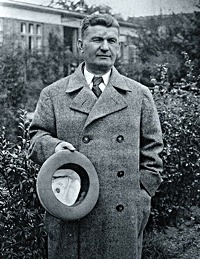Writing on his stratechery blog:
As I wrote last week, strategy is about making choices, and Apple has decided to not even pretend to pursue market share, but instead embrace their up-market status. As long as they retain their app advantage, this will obviously be a profitable choice.More importantly, it’s Apple doubling-down on what they are best at. I have railed against Blackberry and Nokia for trying to compete in areas they weren’t great at (OSs), instead of focusing on their strengths. Apple is doing just the opposite. They are avoiding a market share fight, which is ultimately about price and compromise, and are instead focusing on the experience of using their products and the advantages accrued by being fully integrated from the chipset to iTunes.
